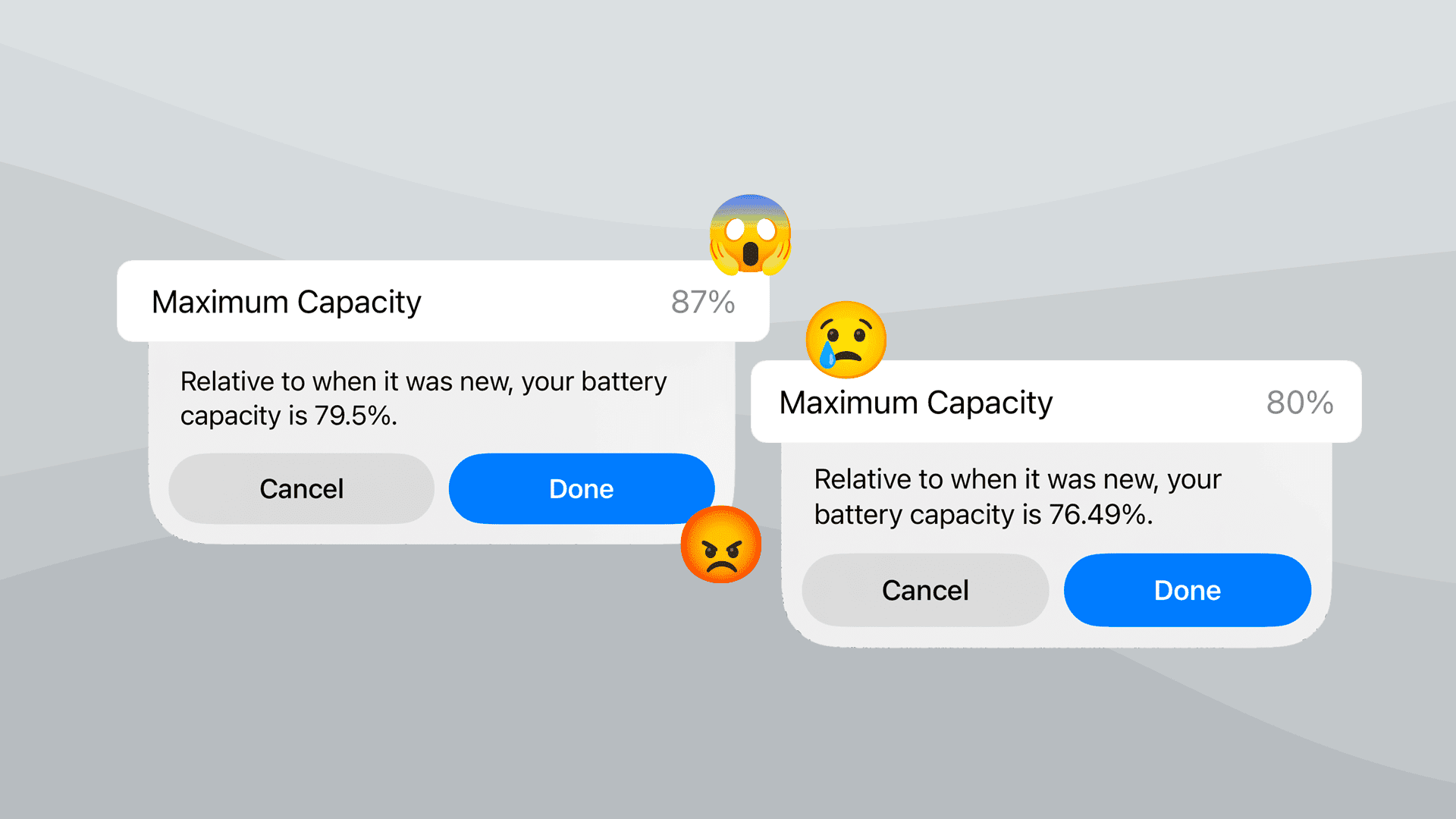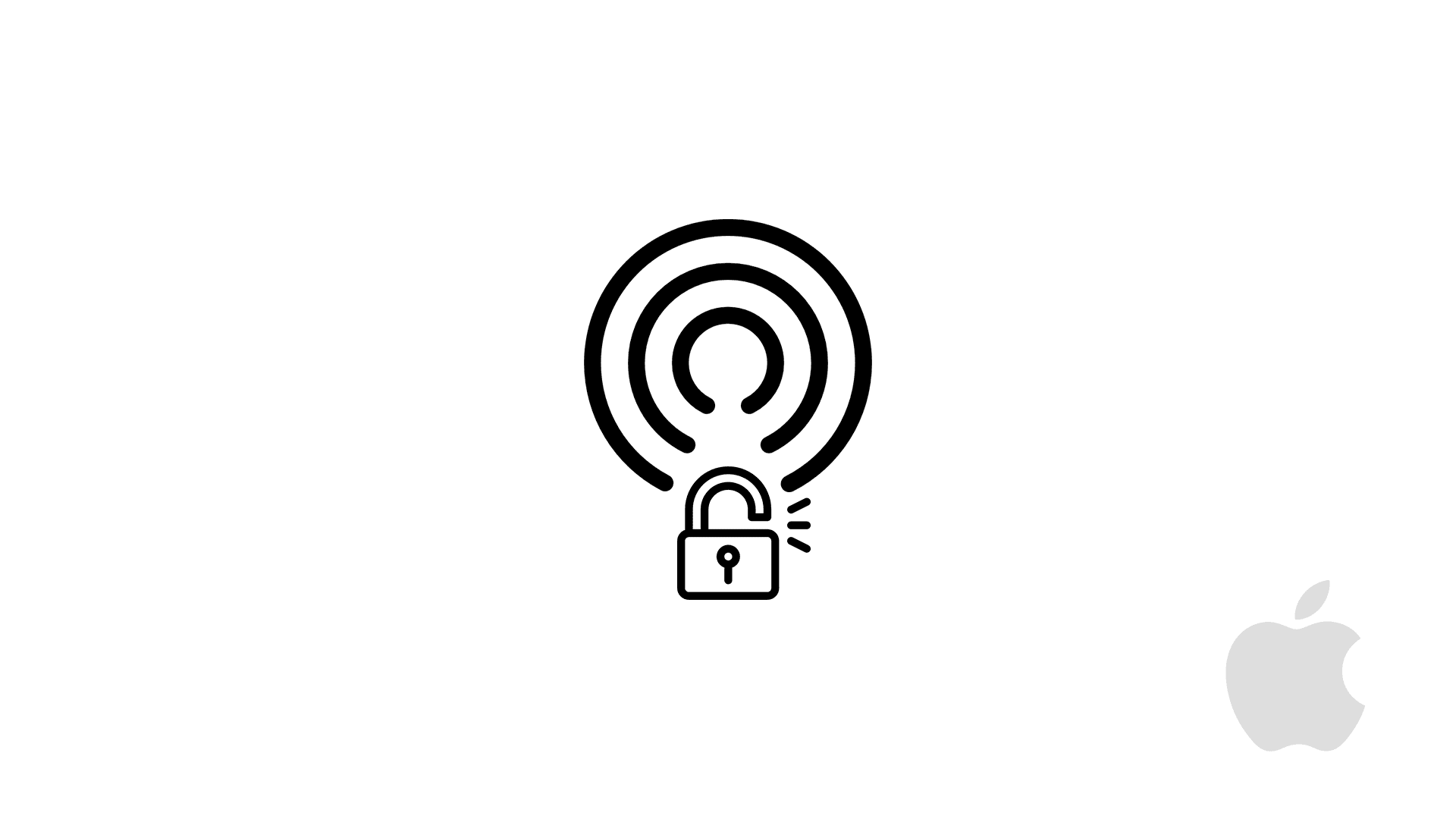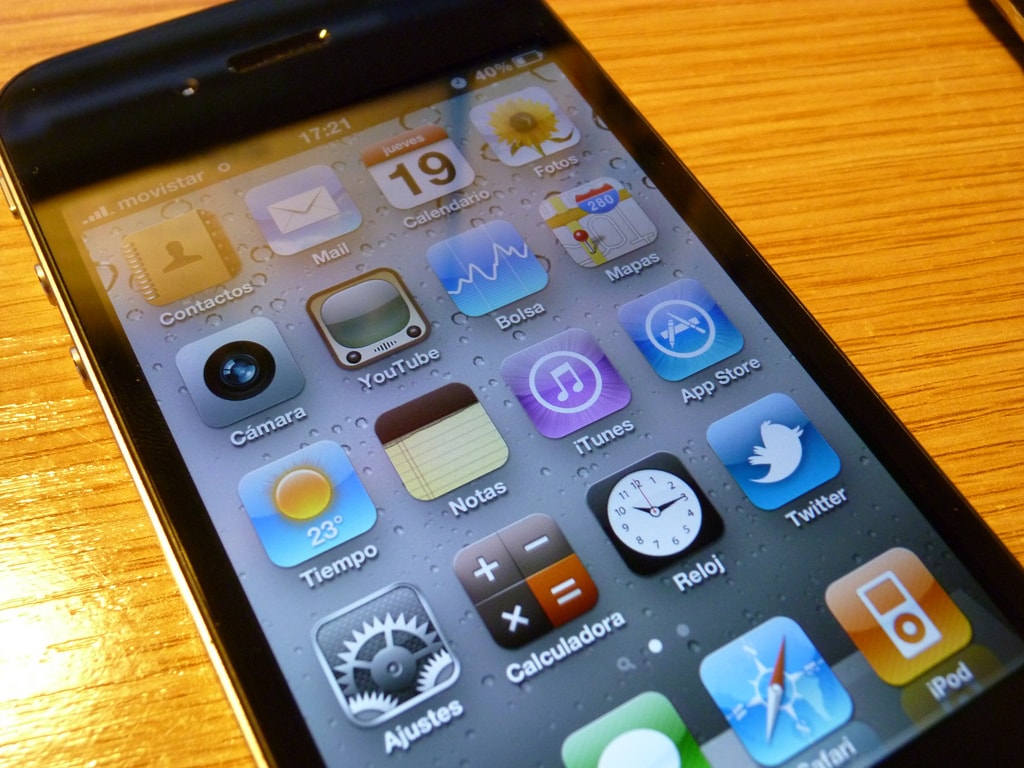Don't spread the cost through Apple when buying a refurbished iPhone, buy a new one instead and save
Buying a refurbished Apple product is a great way to save money. I purchased my MacBook Air with an M1 chip through this route back in 2021, and the device is still working well.
The good news when buying refurbished items directly from Apple is that they are treated no differently than new devices in terms of support and service. You are eligible to purchase additional protection through AppleCare, just like with new devices.
The savings on refurbished items, compared to the same item new, can be significant. Of course, you can buy them even cheaper if you don’t mind losing the ability to get extra care for them directly through AppleCare, but if you do mind (like me), then there is one more thing that you should think about before going this route.
In 2021, I purchased my MacBook Air M1 by trading in my Intel-based MacBook Pro (2020) directly to Apple. I received a credit from Apple towards a different device, which I used to purchase my refurbished laptop and a few other things from them.
If I did not have this credit, I would consider buying it by paying in installments (monthly).
I always advise buying Apple devices this way, as in the UK, with Barclays, new devices are sold with 0% APR (used to be).
Over months, you pay the same amount as if you were to pay in full at the beginning. Because of that, it’s not cost-effective to spend so much money at once; it’s better to put this in a savings account and get something back from it while the device pays for itself without any extra cost.
I recently noticed that when new devices (iPhones) get a preferential 0% APR rate, in a refurbished store, it’s highlighted that spreading the cost will burden you with a 14.9% APR.
Surprisingly, other new Apple products are also advertised with a 14.9% APR. I remember that this used to be 0% as well.
This means buying a refurbished product (in this case, an iPhone) and paying monthly is not a great saving, as in the end, you may be paying the exact amount you would spend on a new device.
Let’s say that you want to buy a previous generation iPhone 14 128GB.
The new device, at £699, will cost you £29.12 per month for 24 months with 0% APR. The last installment will be a bit different, but it will work out to £699 in total.
Zero cost.
However, the same device refurbished is sold for £589.
A potential savings of £110 when buying refurbished.
Apple, by default, advertises 36 monthly installments at £20.12. I strongly do not recommend that, but if you go that route, it will look like you will pay around £724.32 in the end.
Removing the initial saving of £110, you will be worse off by £25.32 compared to buying a new device.
If you go for 24 months, you will pay £28.27. This will cost you £678.48.
Removing the initial saving of £110, you will be better off by just £20.52.
Is it worth buying refurbished? In that case, I don’t think so!
The other option that you may consider is going into 12-month instalments for £52.88 per month. You will pay £634.56 in total.
Removing the initial saving of £110, you will be £64.44 better off.
But is such a small difference worth it? In the end, when you want to sell the product, even after 12 months, you will not gain anything but lose even more.
The same story is currently happening in the UK market with cars. New cars, even though they are more expensive, have much lower APR than when you buy an approved used car that is just 1 year old. In that situation, it is simply not worth looking into a used car unless you buy it and pay in full.
Of all the Apple products currently, it’s only the new iPhone that is sold with 0% APR spread over 24 months in the UK.
This is a really good deal for the upcoming September 2024, when we are all looking forward to seeing what the iPhone 16 will offer.
Of course, there is also another option to purchase an iPhone through the iPhone Upgrade Programme. I explored that in 2020 but never found it compelling enough for me to go for it.
The program is good for people who:
- always buy AppleCare with their product, and
- always want to upgrade to the latest phone once the new one is announced.
Number 1 suits me, but I don’t always feel the urge to upgrade each year to the latest one. I am past the stage where I always need to have the latest tech. I am too old for that.
Currently, I have an iPhone 13 Pro Max (256GB), and I intentionally assumed that I would use it for 3 years. This year, when the iPhone 16 is announced, it is most likely that I will go for it. I started noticing wear on the battery, and performance began to slowly decline with the newest games. Comparing the need for greater performance and an aging battery, I found myself sticking to a charger more often than a year ago.
Despite Apple still offering 0% APR, but only on iPhones, that doesn’t mean you don’t have any other options to save.
There are plenty of 0% Purchase Credit Cards available in the UK (if you are eligible), which can help you save in the long run, as long as you keep up with monthly repayments and pay your balance in full before the promotional 0% period ends.






Comments & Reactions